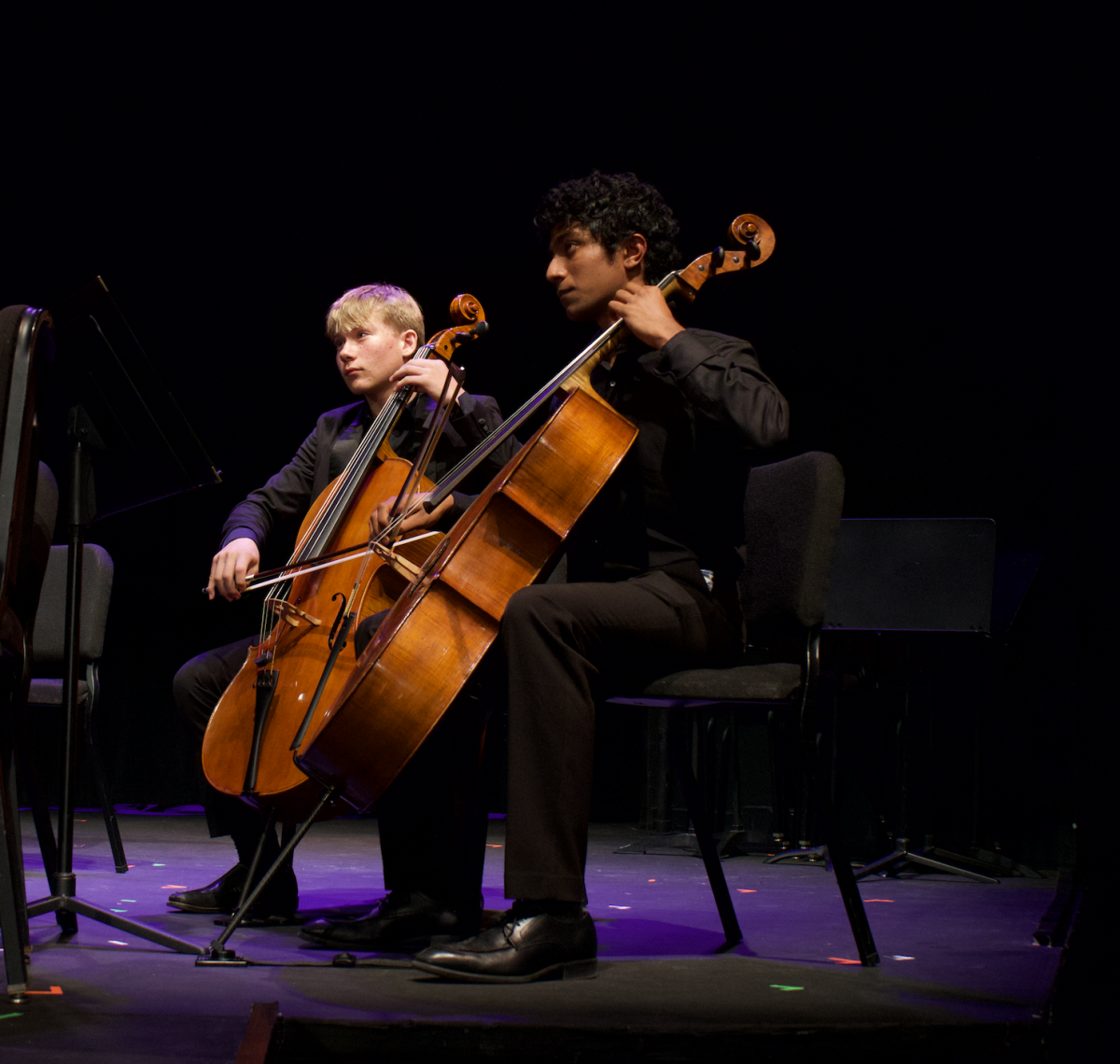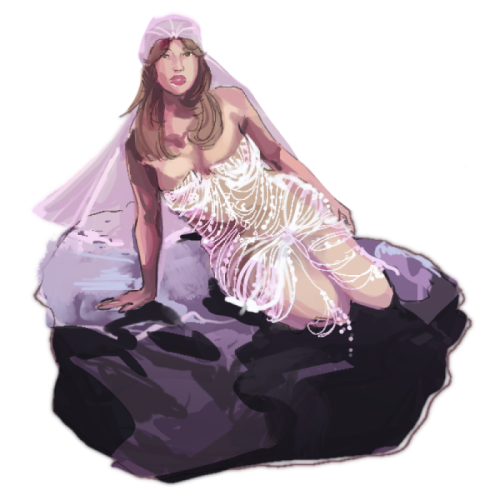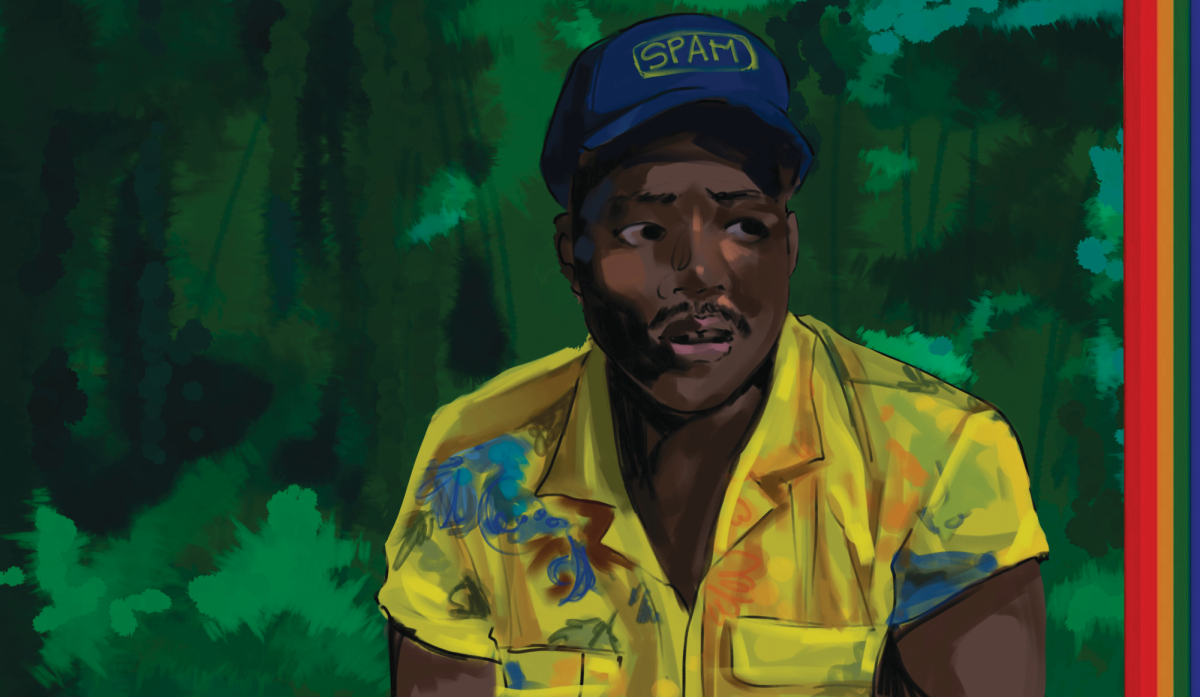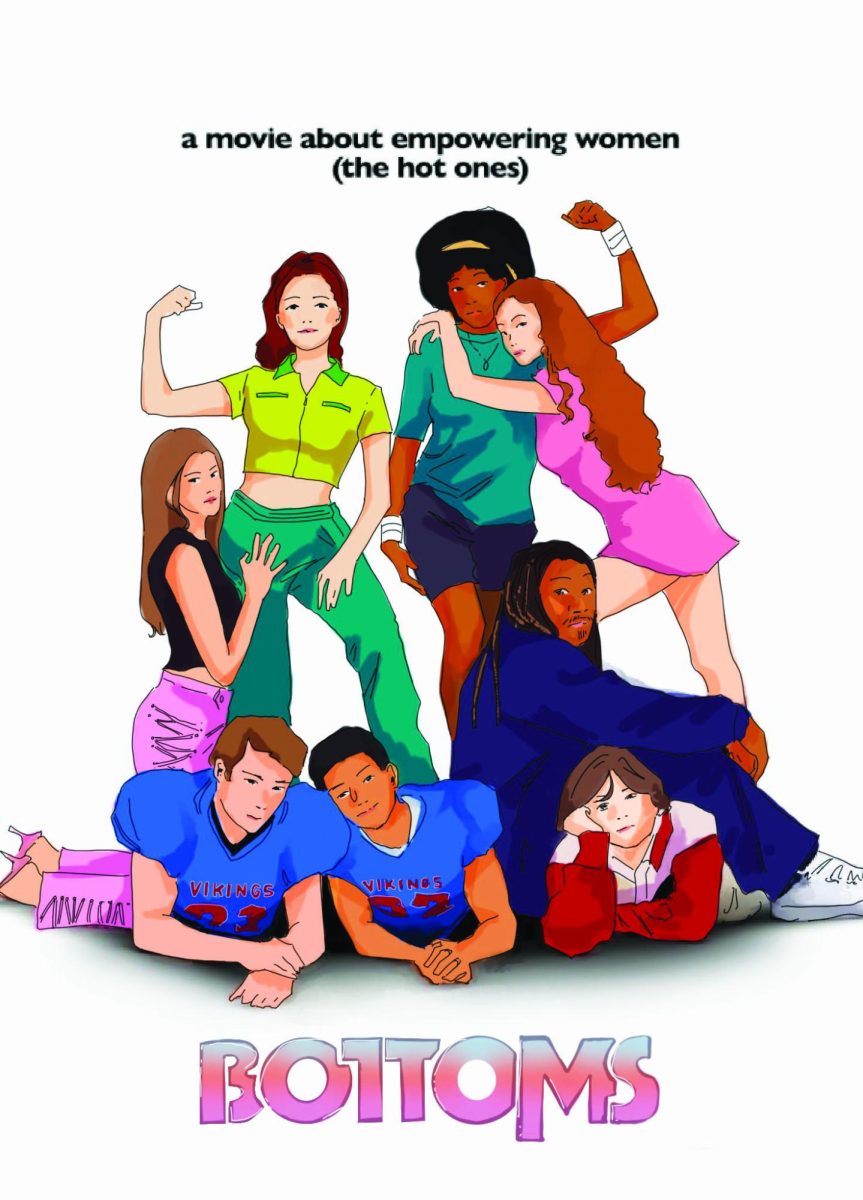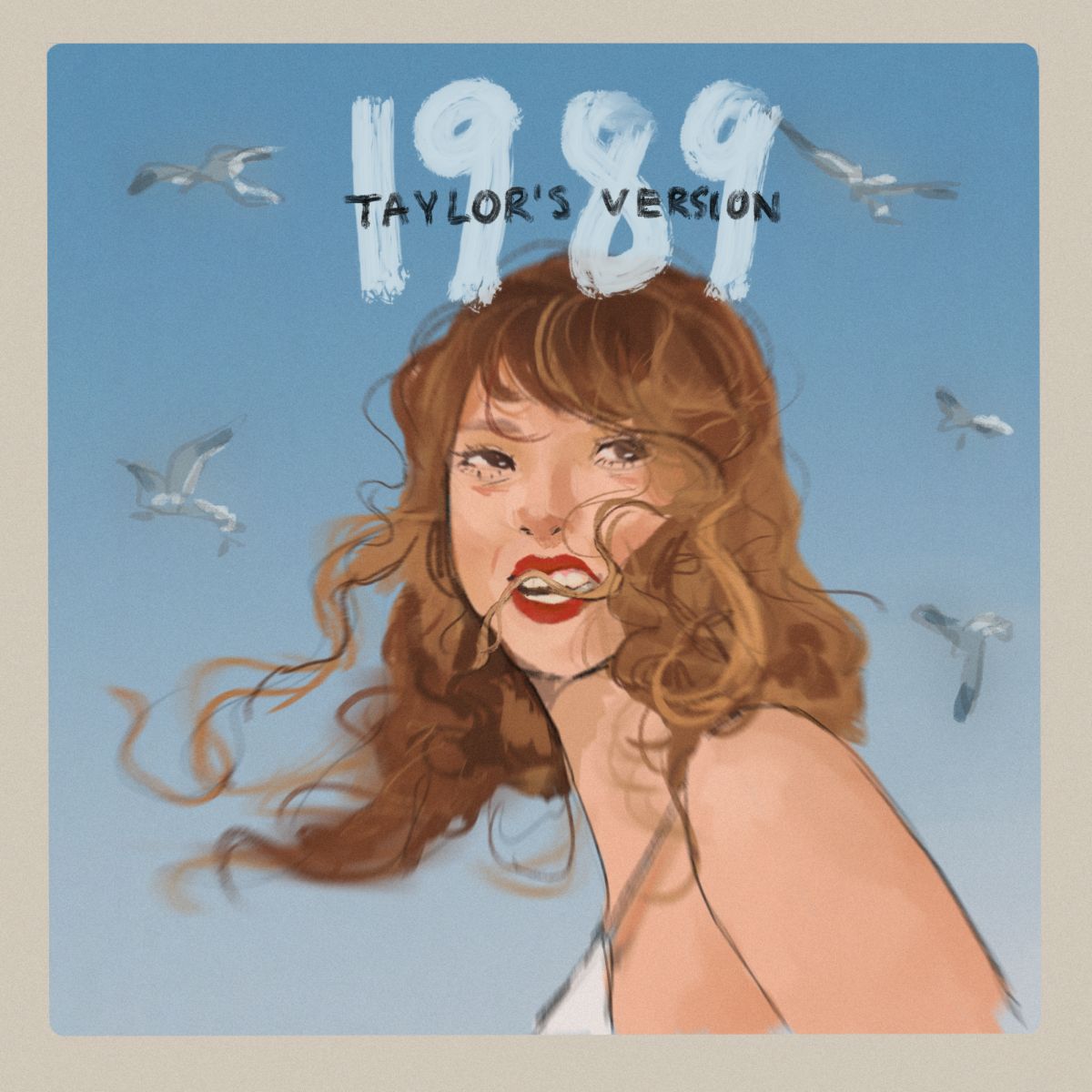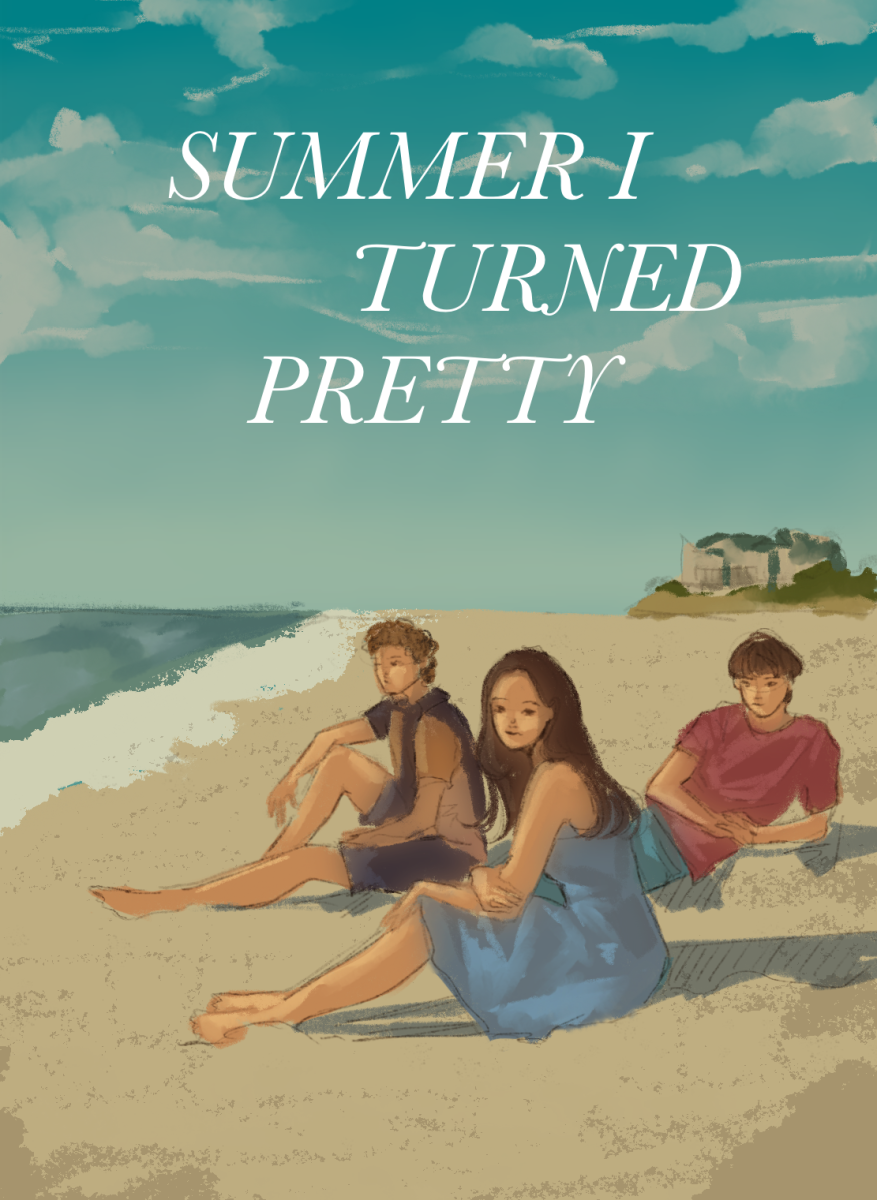Art is a language, a way to express oneself to a broader audience. Photographer Annabel Zimmer ’20 said she equates the excitement and nerves she feels when the school hangs her art to the opening night of a musical. At the Middle School, Zimmer said she often used the photography studio after school to find her footing as an artist. She used the lessons she learned and has applied them to assignments outside of school.
Zimmer said she credits her teachers for giving her unwavering support when she began.
“Specifically [Joe Medina] and [Claire Cochran ’06], when I was in Middle School, were always supporting me,” Zimmer said. “Having that validation from someone telling you, ‘This is good and something worth pursuing, keep going’ is honestly so valuable. When you’re young and just starting photography, you don’t know if your work is any good. It’s easy to get discouraged.”
The Upper School offers four different photography classes which students can take to be critiqued by experienced faculty, and opportunities for students to travel to foreign countries to practice their art form in an unfamiliar setting. These resources, Zimmer said, are unprecedented at any other high school and an absolute privilege.
The school partners with HWGo! to organize trips. This past spring break, students interested in various art forms went on an 11 day-long trip to Laos. Participant Caroline Sturgeon ’20 said she was able to further her artistic experiences in the new environment.
“The trip helped me improve my photography skills,” Sturgeon said. “I was processing my film and looking back at my first roll and my last roll from the trip. The difference between them and their quality is incredible.”
Video arts teacher Jackson Kroopf ’06, who helped to organize the trip, said he appreciates the diversity of art mediums that students pursue on the HWGo! trips.
“You can make a film, [take a] photograph, create a photo essay, write a story, write poetry or make a painting,” Kroopf said. “I’d say the visual arts department in general is just supporting people in figuring out what mediums and what forms are appropriate for different projects and having the opportunity to explore their creativity and their expression through different forms. In an increasing media-centric society, it’s important to feel like you can have multiple tools in your tool set.”
Sturgeon said that the trip provided her with unique opportunities which she wouldn’t be able to find anywhere else.
“Usually, if I want any advice or help from my teachers I have to shoot on campus, so it was awesome to have that opportunity to shoot out of the norm while still having instruction,” Sturgeon said. “Having that encouragement from teachers in a completely unique environment was really special.”
Kroopf also said he thinks the HWGo! trips the school provides give once in a lifetime opportunities for students to learn about photography beyond the classroom.
“HWGo! trips are focused on thinking about what it means to responsibly and ethically represent your travel experience through art,” Kroopf said. “A travel experience involves learning about the history of another place, but it also means learning about the contemporary lives of people from that place and how the history of that place has impacted those people. The trips are also focused on developing skills as videographers, photographers and as people trying to learn to represent stories, trauma, craft and experiences.”
Visual arts teacher Jesse Chehak ’97 said that the school also works to provide students with the resources they need to become more independent photographers.
“I think our goal is to first give students a foundation with the skills required to actually make photography at a high level,” Chehak said. “Then, we want to urge them to take on projects independently as they progress through different levels so that by the time they are seniors, they are doing completely independent projects and feel confident that they are able to control the camera, execute self-generated projects, and do exhibitions. The instructors become advisers for those projects and the students.”
Besides the technique of taking photographs, visual arts teacher Alexandra Pacheco Garcia said that another essential part of photography is learning how to analyze pictures.
“Another component of our curriculum is visual literacy and understanding how to read and interpret pictures we make or see anywhere, just with a critical lens,” Pacheco Garcia said. “Then, learning how to create pictures with meaning, and putting intention into your photographs. Learning how to communicate whatever it is you’re trying to say is really important.”
Outside of the school community, Chehak said the school also provides students with the chance to showcase their work to a larger audience.
“Beyond galleries, HWGo! showcases and Stone-Cutters, Mr. Medina has been getting students’ work into Photoville LA, which is outside campus. It’s great to get art outside the school walls.”



























